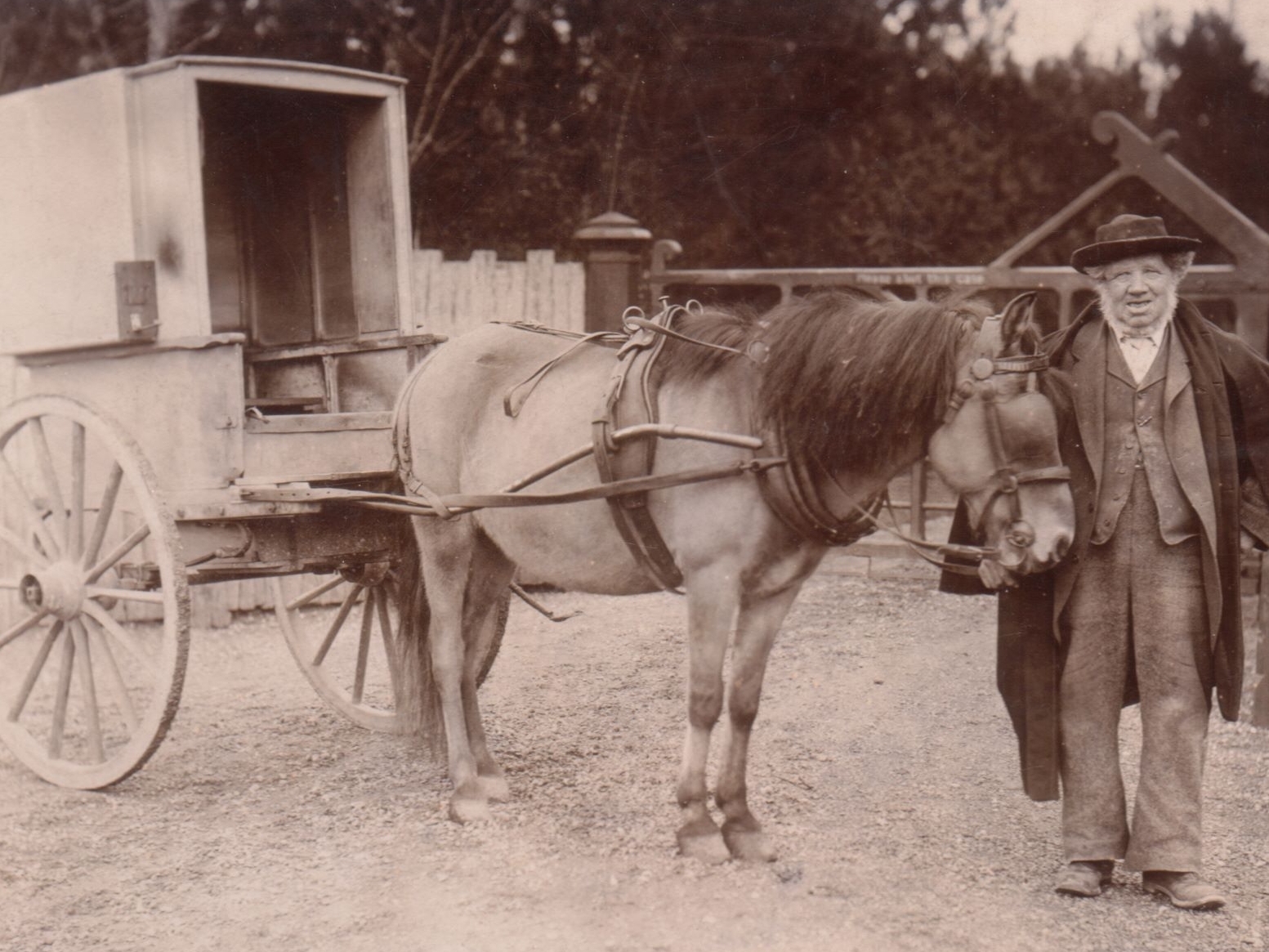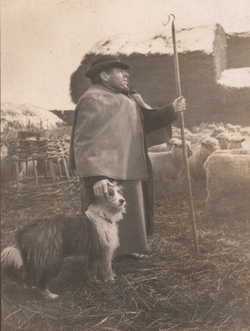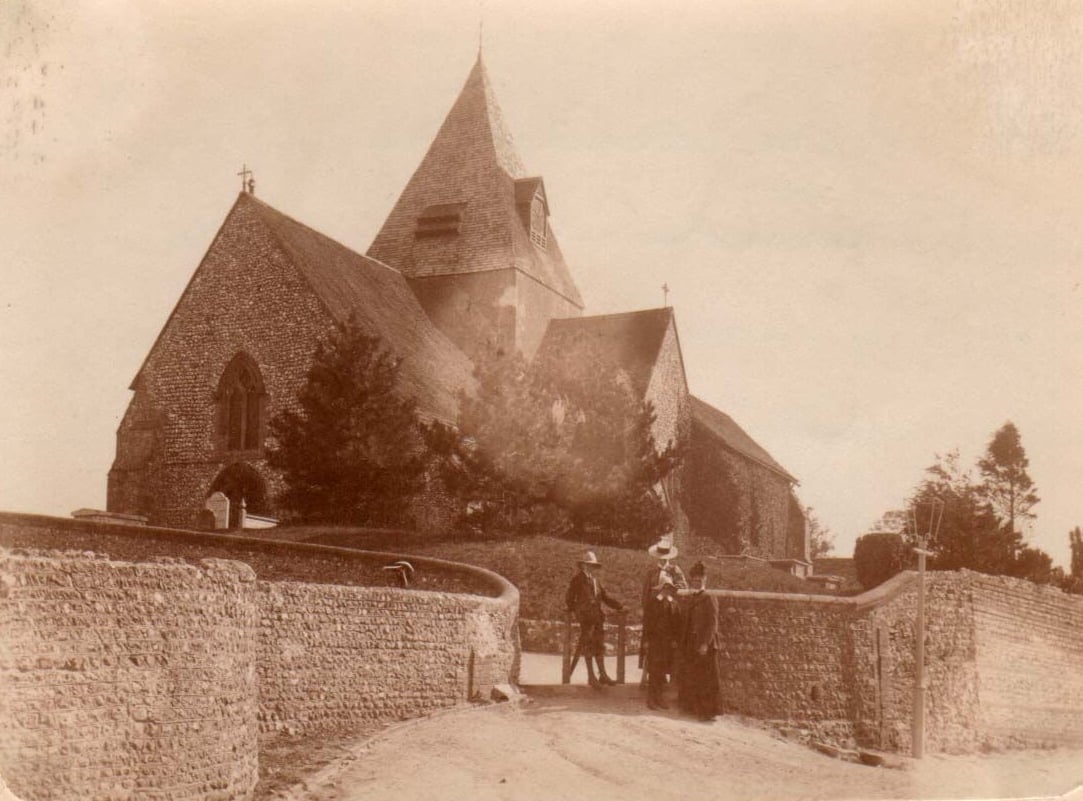A Different Kind of Life in Ditchling

'There is quite a different kind of life in Ditchling from that of its larger neighbours, and it is largely conditioned by the cultivation of the land; that is by the claims of agriculture in and by which the village been moulded since the beginning of time. That life is a stable and continuous life; witness the names which appear on the Rolls, tombstones, Parish Registers and Wills, for the last 600 years ... for while the land remains to be cultivated and men cannot wholly subsist upon chemicals, those who work it tend to love rather than leave it.'
From 'The Story of Ditchling' by Hilary Pepler and Esther Meynell, 1946
The village of Ditchling lies below Ditchling Beacon, a high point on the South Downs and the site of an Iron Age fort. The first settlements were on the Downs with the ancient drove ways leading down to the more fertile greensand below and on to the clay of the weald. The changing nature of the soil explains the long, thin strips which make up the shape of the parish of Ditchling and of the neighbouring parishes of Keymer, Westmeston and Streat. There is a Roman road running from east to west through the parish.

Ditchling was predominantly a farming community with grazing on the Downs, a strip field system to the east of the village and a royal hunting park to the west. In 1312, a royal charter was granted to Ditchling by Edward II for an annual fair to be held on July 20, the feast day of St Margaret of Antioch. She is the patron saint of the parish church which has stood on the ridge to the west of the village centre since the early Middle Ages. At that time, and until the Reformation, both church and village were very much under the influence of the Cluniac Priory at Lewes. From the religious tensions of the 16th and 17th centuries, the village developed its long history of nonconformity with the earliest records of a Baptist church dating back to 1737.

Alongside farming, chalk was taken from the Downs and used for lime burning and road making while the heavy clay to the north of the village gave rise to a thriving brick and terracotta industry by the end of the nineteenth century.
Development of transport led to the village gradually changing its nature during the twentieth century from being mainly agricultural to being mainly residential. An added dimension was provided in the early 20th century by the arrival in the village of artists and craftsmen such as Eric Gill and Edward Johnston, pioneers in the establishment of Ditchling's reputation for fine art and craftmanship.